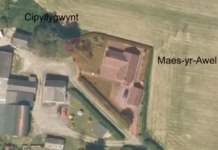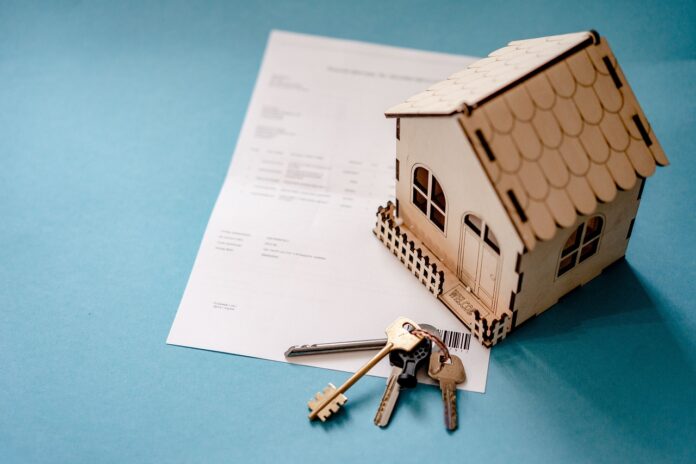When you rent a property, whether it’s through a letting agent or a private landlord, one of the most important documents to be completed is an inventory.
It’s just as important as a tenancy agreement, as it is an agreement on what is included in a rental property and its condition prior to someone moving in.
Understanding what an inventory is, why it is important and what it should contain is vital, particularly when it comes to returning deposits at the end of a tenancy.
For the landlord, a properly compiled inventory is a highly detailed document which details what, and in what condition, is included in a property. This can be paper-based or digital and a thorough inventory will include photos or video, which can help clarify disputed damage or ‘wear and tear’ in the case of a claim.
Statistics show that the number one reason for withholding a deposit is cleaning claims, at 50% for England and Wales and 71% for Scotland. This is followed by damage to fixtures and fittings at 46% in England and Scotland. Having an inventory provides a baseline against which these disputes to be conducted.
Here Handan Rolande of Exact Inventories, shares the key information all landlords should know and explains why such documents are so important.
What is a property inventory?
A property inventory is a detailed document that records the condition of a property and its contents at the start and end of a tenancy. It includes a Schedule of Condition/Check-In Report, evaluating everything from décor to structural elements like floors and ceilings as well as meter readings and the location of important things such as the water stopcock and meters.
This document helps landlords and tenants keep track of any changes during the tenancy and resolve disputes efficiently. Tenants have the right to be present during inventory checks to ensure accuracy.
Whilst some experienced landlords conduct the inventory, it is commonly done by an independent inventory clerk who is unconnected to the property, agent or landlord and can ensure they are impartial.
Why are property inventories important?
A property inventory, carried out at the beginning of a tenancy, helps stop both parties from getting into deposit disputes when the tenant moves out.
When the tenancy ends and a checkout inspection is performed, the property’s current condition will be compared with the inventory records. Wear and tear is, of course, expected: carpets will be walked on and kitchen appliances used.
However, sometimes there is damage or neglect which is considered beyond ‘reasonable use’ that may mean the landlord wants to retain some – or all – the deposit to cover for replacements or repairs.
If disputes arise, both the landlord and tenant need evidence to support their claims, found in the inventory and check-in report. Without this, making a successful claim would be very challenging.
What is a Check-In and Check-Out report?
A check-in report, also known as the schedule of condition, documents the condition of everything in the property when the tenant moves in and accompanies the inventory report.
Ideally, the check-in should be carried out on the day tenants move in and it’s beneficial for them to be present.
A checkout report is a detailed assessment of the property’s condition at the end of a tenancy. It compares the property’s condition against the initial inventory report and any interim inspections. The checkout report should be conducted when the tenant leaves the property with all their belongings. It lists any recommended actions, usually assigning responsibilities to either the landlord or tenant, facilitating a quicker end of tenancy and return of the deposit, either in full or with agreed deductions.
Does the inventory report need to be signed?
While it’s not mandatory to sign the reports, doing so is recommended to avoid any potential disputes.
Both the landlord and tenants should sign the inventory document to confirm it accurately reflects the property’s condition.
This is also a good opportunity to ensure the document contains correct names, dates, and addresses, as even minor errors could cause problems in case of a dispute. An electronic proof of delivery and signature should be sufficient; the inventory could be dozens of pages and include up to a hundred photographs so printing it could be expensive!
Does the tenant Have to be present for Check-In or Check-Out?
Tenants are not required to be present during inspections, but it is recommended, and many choose to do so. Being present allows tenants to clarify any doubts or concerns about the inspection and ensure everything is agreed upon and documented correctly. Tenants can also voice any issues or complaints about the property during the inspection, and the inspector can guide how to resolve them.
It’s in the tenant’s best interest to be present to ensure all parties are on the same page and to facilitate a smooth inspection process.
What if an Inventory report wasn’t provided?
Without an inventory, check-in, or check-out report, it can be difficult for landlords to prove the condition of the property at the beginning of a tenancy. This could lead to disputes over issues like cleanliness, and complicate deposit claims at a later date.
In disputes without an inventory or check-in/check-out, adjudicators will consider any evidence provided, such as a cleaning invoice with a date and cost. However, reaching an agreement is much harder if the parties do not agree. For example, it cannot be proved that the property was clean when the tenancy began or the state of repair of furniture or appliances before they moved in.
If there’s a dispute over the deposit return, having an inventory/check-in report increases the likelihood of a successful claim.
A property inventory protects both landlord and tenant. A tenant should be wary if they are asked to hand over a deposit without an inventory.

| [donate]
| Help keep news FREE for our readersSupporting your local community newspaper/online news outlet is crucial now more than ever. If you believe in independent journalism,then consider making a valuable contribution by making a one-time or monthly donation. We operate in rural areas where providing unbiased news can be challenging. |























